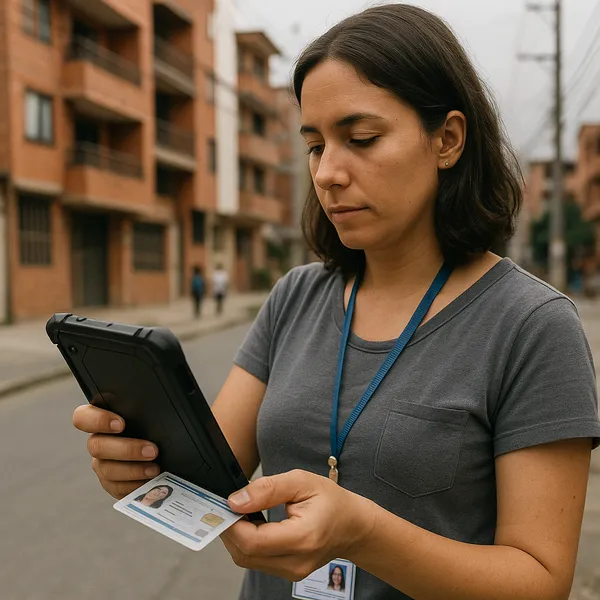Blockchain and Aid Ultimate Transparency or Just a More Complicated Black Box
Published on: Thu Nov 04 2021 by Ivar Strand
Blockchain and Aid: Ultimate Transparency or Just a More Complicated Black Box?
In the search for greater transparency and accountability in international aid, Distributed Ledger Technology (DLT), commonly known as blockchain, is often presented as a potential solution. Proponents suggest its architecture can create a single, tamper-proof record of transactions, visible to all stakeholders from donor to beneficiary.
The underlying technology is indeed novel. However, its practical application in complex aid environments requires a sober analysis of its limitations. The key risk is that in chasing a technological solution, we may inadvertently replace the familiar black box of a centralized financial system with a new, more technically complex, and less understood one.
The Theoretical Promise: A Single, Immutable Ledger
The value proposition of blockchain for aid rests on two core technical features.
- Immutability. Transactions recorded on a blockchain are linked and secured using cryptography. Once a block of transactions is added to the chain, it is extremely difficult to alter or delete. This creates the potential for a permanent, auditable record of how funds are spent.
- Decentralization. In many blockchain models, the ledger is copied and shared across a network of participants. This removes the need for a single, central intermediary to validate transactions, theoretically providing donors, implementing partners, and even beneficiaries with access to the same version of the truth.
In theory, “smart contracts”—self-executing code that runs on the blockchain—could further enhance this by automating compliance checks and disbursing funds only when certain pre-agreed conditions are met.
The Practical Challenge: Garbage In, Immutable Garbage Out
The primary challenge for blockchain in the real world is straightforward: the technology ensures the integrity of the data on the chain, but it does nothing to ensure the integrity of that data before it is entered. A fraudulent or erroneous transaction, once committed to the blockchain, becomes an immutable part of the permanent record.
This introduces several non-trivial governance and operational hurdles.
- The “Oracle Problem.” A blockchain must interact with the real world through external data feeds known as “oracles.” A smart contract designed to release payment upon the verified delivery of medical supplies, for example, is entirely dependent on the oracle that provides that delivery data. If the oracle can be corrupted, the integrity of the entire on-chain process is compromised. The chain of custody for the data is only as strong as its weakest, off-chain link.
- The Governance of Smart Contracts. A smart contract is a form of software. As we have argued throughout this series, all software is subject to bugs, flawed logic, and embedded assumptions. This raises critical governance questions: Who writes the smart contract code? Who is qualified to audit it for accuracy and fairness? Who is ultimately accountable if a flawed contract automatically misdirects millions of dollars in aid? The accountability question is not resolved by the technology; it is simply shifted to the more technical domain of code governance.
- Operational Complexity. Implementing and maintaining a DLT solution, particularly in the low-connectivity and low-capacity environments where much aid is delivered, presents a significant operational burden. The technical complexity and overhead must be carefully weighed against the purported transparency gains.
From Technological Solutionism to Pragmatic Application
Blockchain is not a substitute for rigorous due diligence and independent verification; it is a tool that requires a more sophisticated form of it. Before any organization considers a DLT solution, it must have clear answers to foundational governance questions. How will we verify data at its point of entry? What is our process for auditing smart contract logic?
The principles of transparency and accountability are, first and foremost, outcomes of sound governance, not of any particular technology. Whether a ledger is centralized or distributed, stakeholder trust can only be built upon a foundation of methodical, independent verification that ensures the data on that ledger is a faithful representation of events in the real world.



